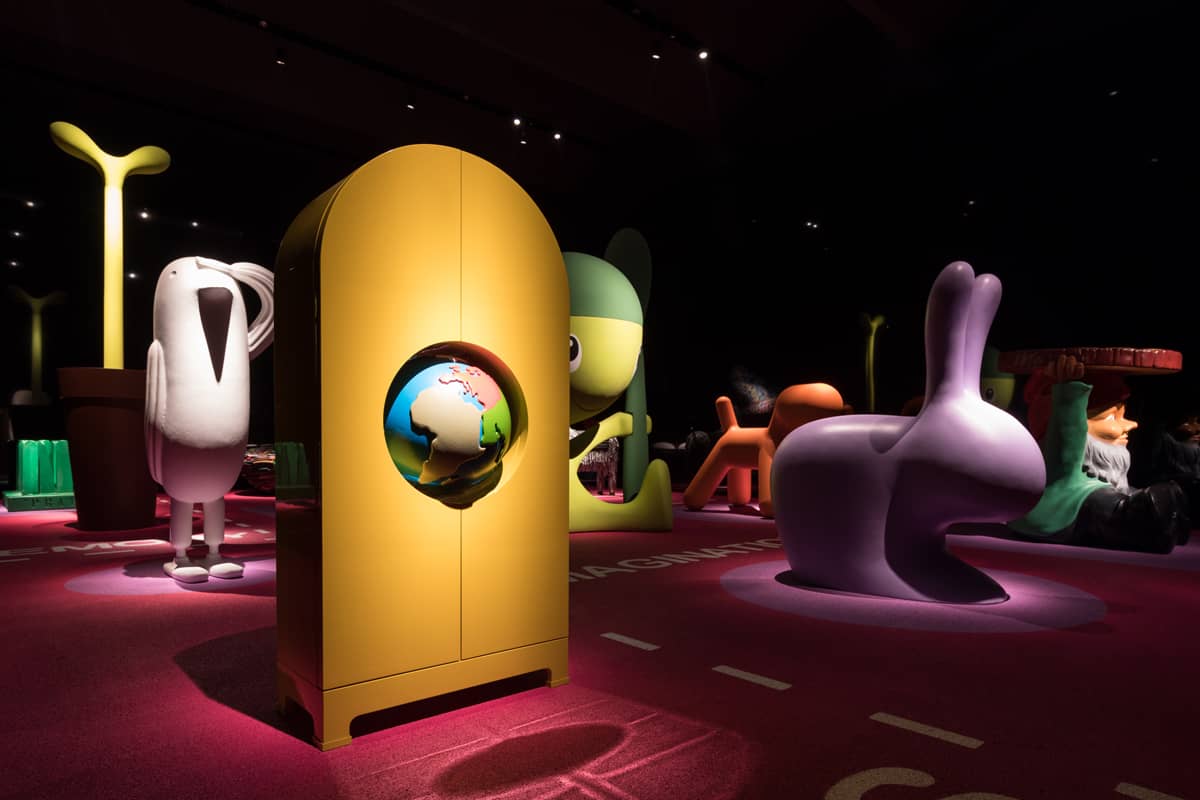
Giro Giro Tondo - Triennale, Milano, Italy, 2017
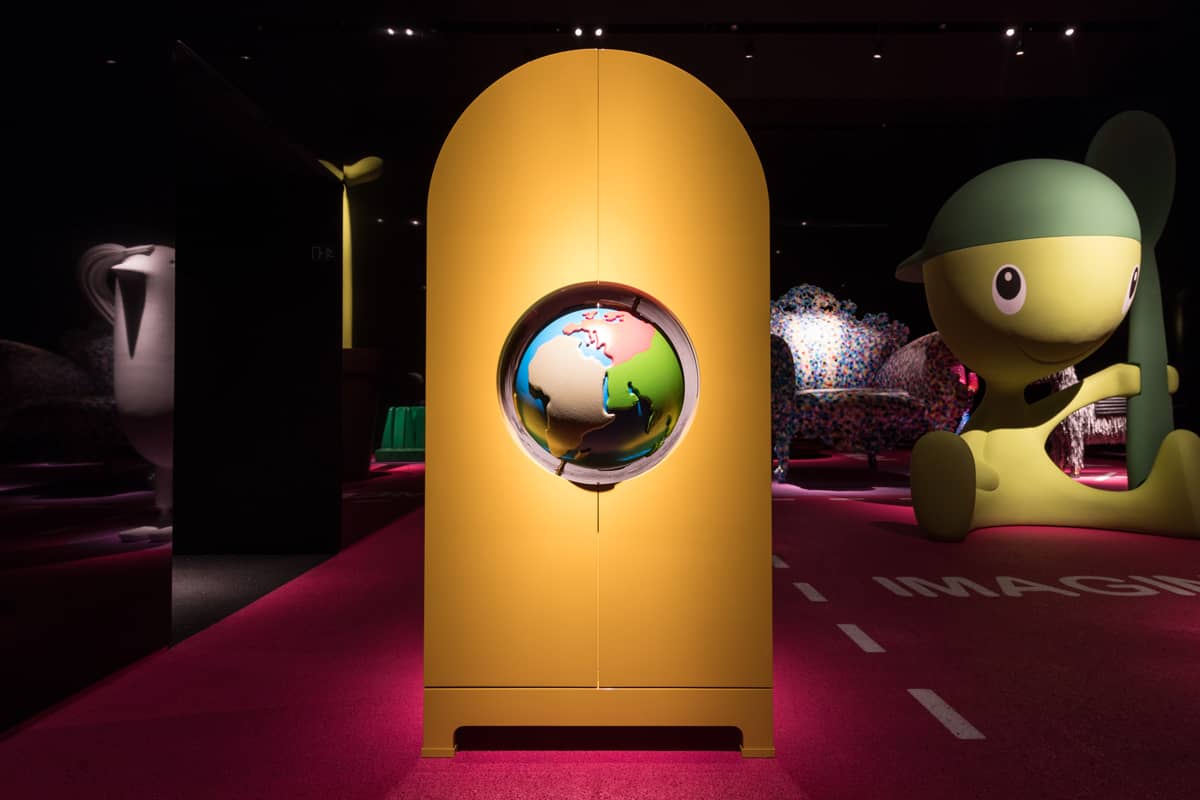
Giro Giro Tondo - Triennale, Milano, Italy, 2017
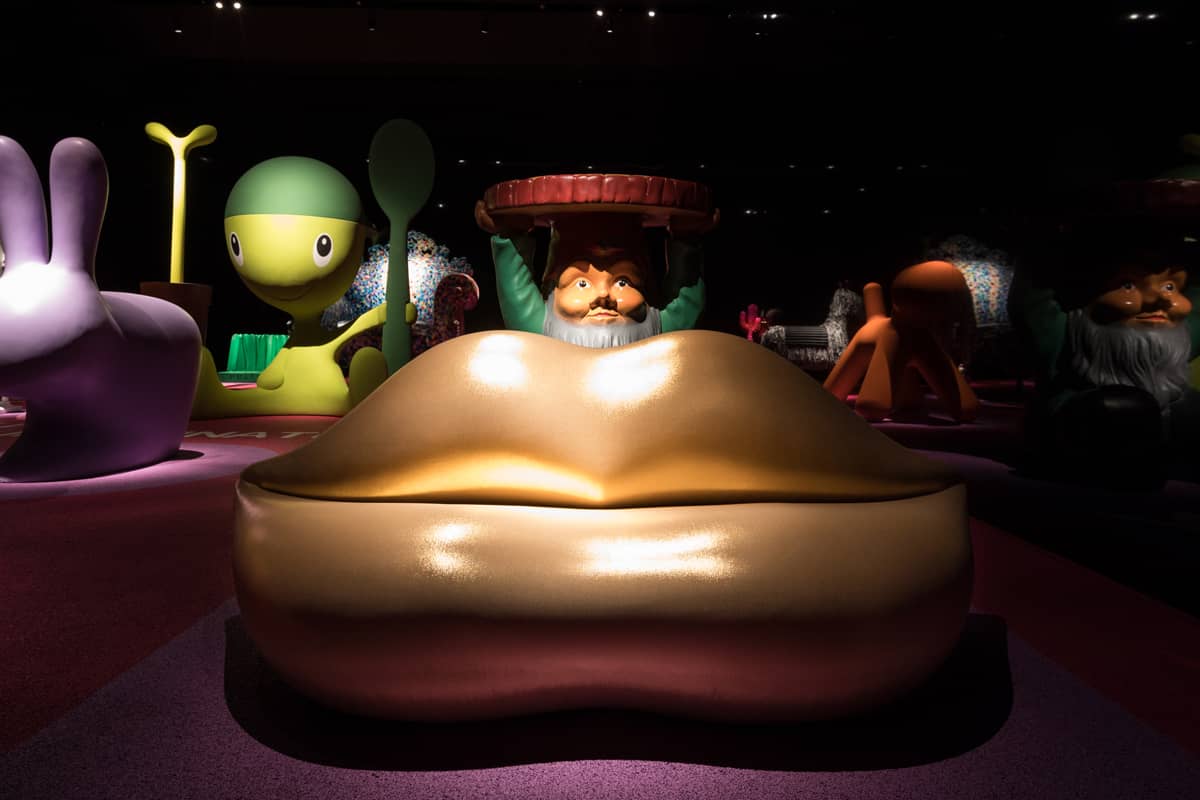
Giro Giro Tondo - Triennale, Milano, Italy, 2017
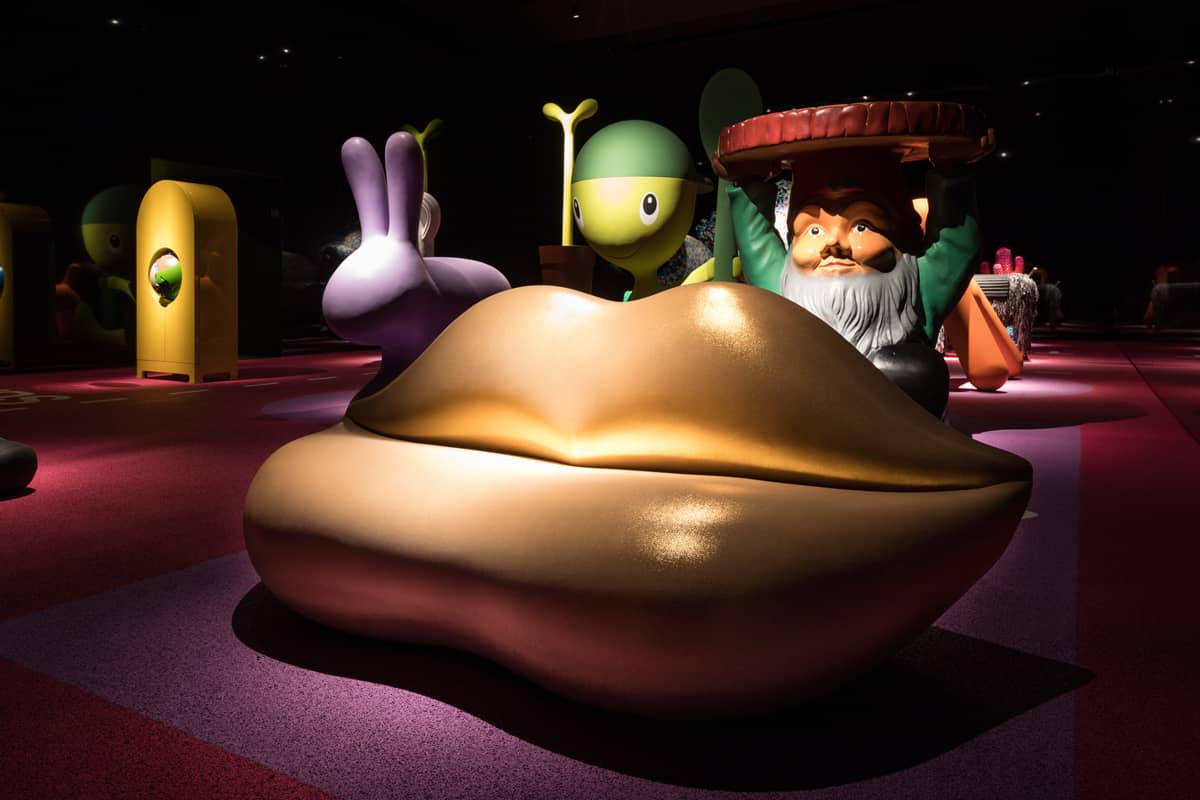
Giro Giro Tondo - Triennale, Milano, Italy, 2017
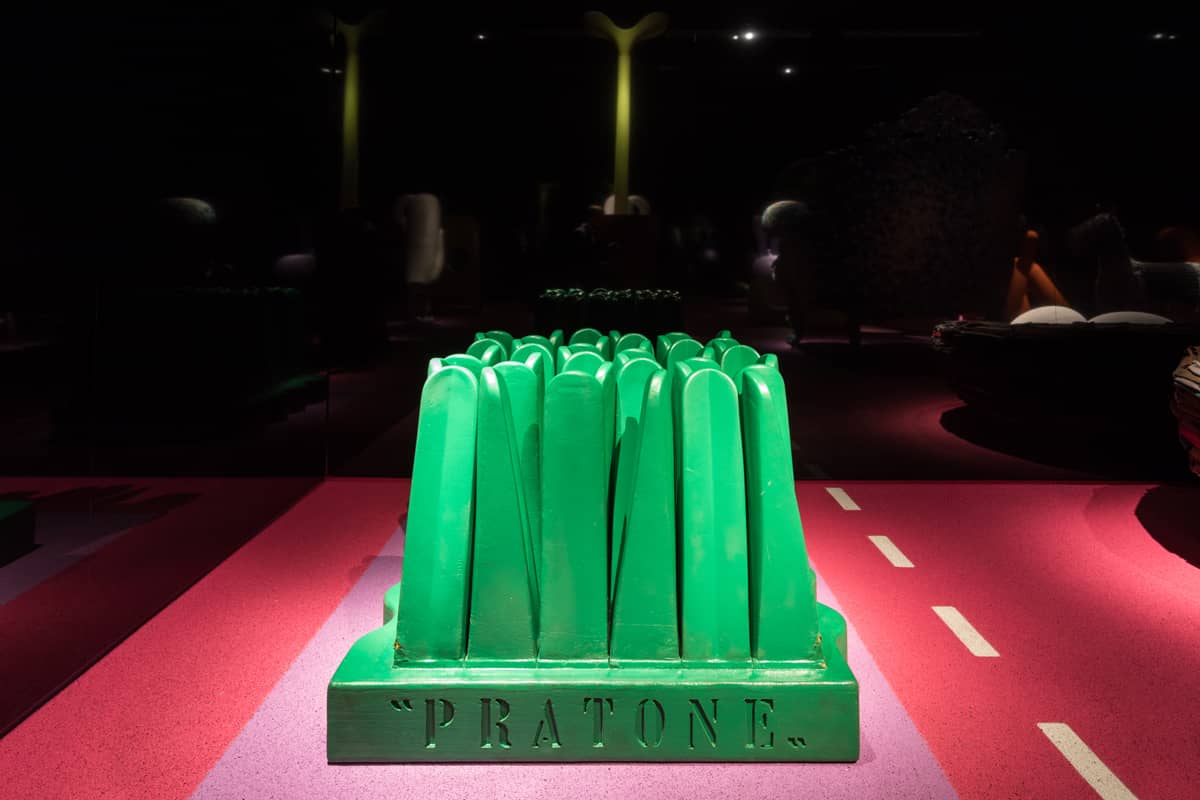
Giro Giro Tondo - Triennale, Milano, Italy, 2017
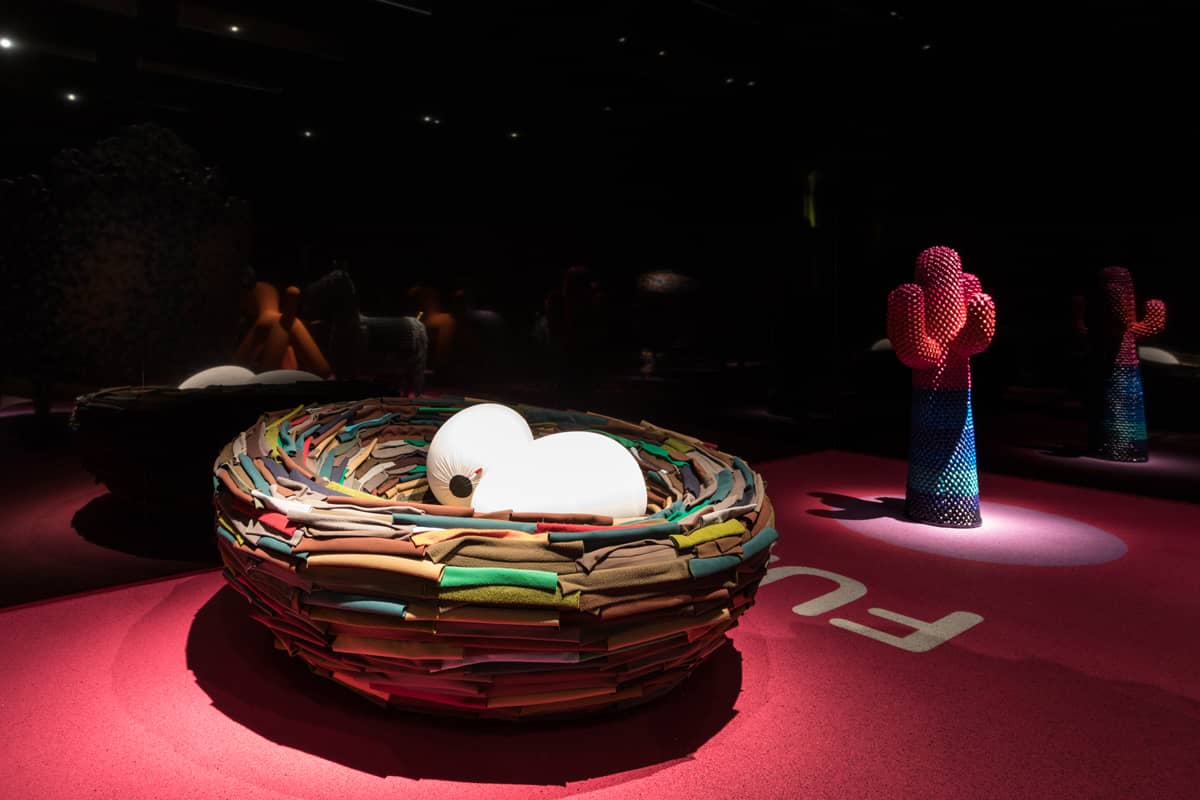
Giro Giro Tondo - Triennale, Milano, Italy, 2017
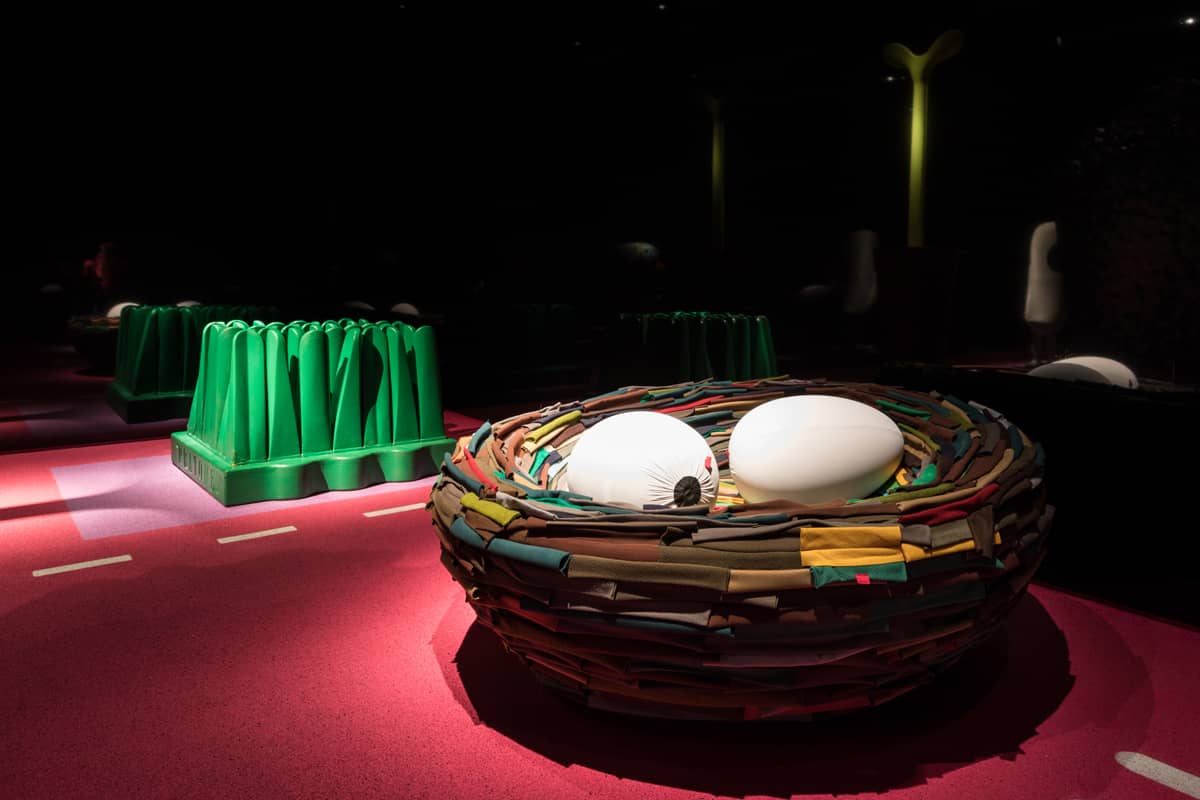
Giro Giro Tondo - Triennale, Milano, Italy, 2017
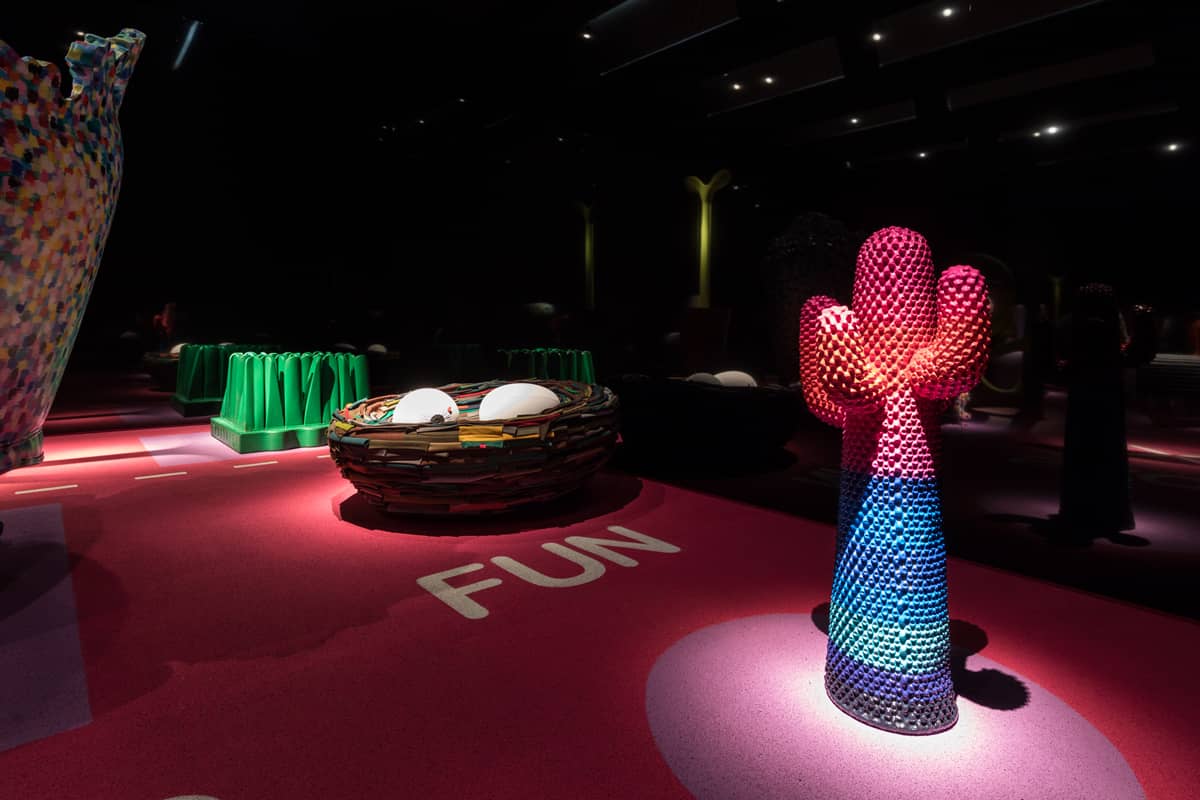
Giro Giro Tondo - Triennale, Milano, Italy, 2017
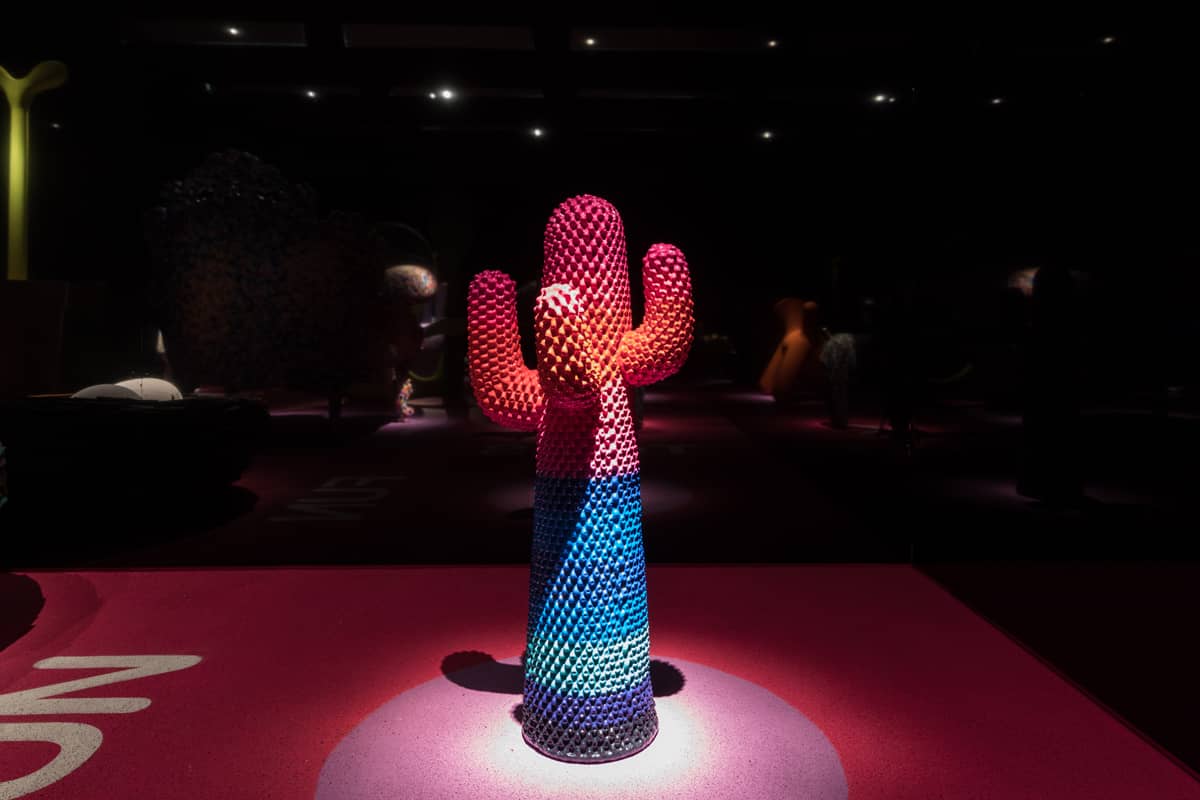
Giro Giro Tondo - Triennale, Milano, Italy, 2017